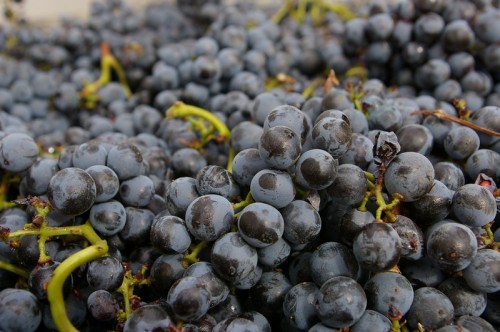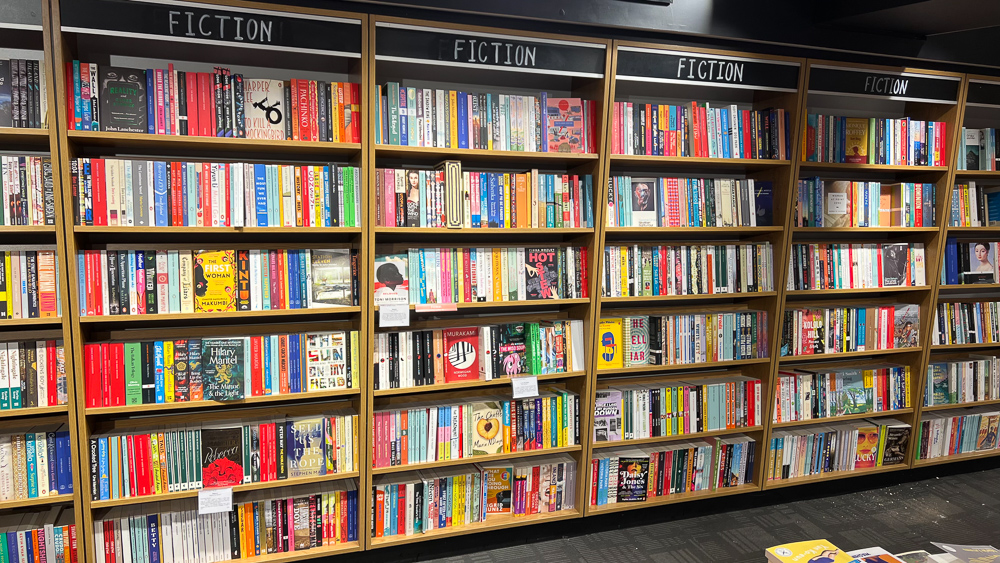
Recently, I discussed the way that the internet has changed the landscape of wine writing. I considered the impact on wine writers of an enormous increase in the volume of published wine media. Against all this noise, I asked, how can a professional wine writer ensure that their voice is heard?
Now I’d like to address a pair of related questions: has the increase in volume of wine media resulted in increased choice for consumers of this media? And has quality suffered as quantity has risen? Are we drowning in a sea of mediocrity?
We have certainly seen a vast increase in accessible wine media over the last decade. In the past, though, almost all wine media used to pass through gatekeepers – editors. Now, a large portion is self-published, in the form of blog posts, content-based personal websites, social media, and even apps. I have no data on just how much wine media is self-published versus the amount that passes through editors, and I’m not sure you could compare the two even if you could develop a metric. Some professional writers are now taking a hybrid approach, with a slice of their output bypassing editors in the form of social media and self-published books.
Lovers of traditional print publications might suggest that despite the increased volume of accessible wine media, quality has actually gone down. They may have a point. Good editors do an important job in commissioning competent writers to produce valuable articles. Decent editorial budgets allow good writers to make a living out of writing. With print, you end up with more talented writers, who, given a decent fee, can do the necessary research and produce writing that is worth reading.
The internet has squeezed editorial budgets and reduced the range of print publications that can pay for content. Writers are paid less and have to write faster to make a living, as well as taking gigs that can compromise their independence. Editors have been leant on by their commercial departments and have to produce content that keeps potential advertisers happy.
While there’s a lot of free, self-published content on the internet, much of it is of poor quality. The twin gate-keeping jobs of editors – hiring people who can actually write and then editing their work to improve it – was an important quality filter, and without it, there’s a lot of unreliable, mediocre material being published.
But the counter view is that even before the internet put the squeeze on print publications, wine media weren’t exactly experiencing a golden age. Wine magazines were still full of advertising, the features were mostly boring and stereotyped, and editors weren’t doing a whole lot of editing. The roster of writers represented a bit of a closed shop, and some were pretty complacent. By lowering the barrier for entry, the internet has allowed new voices to emerge on the basis of merit. Also, social media has allowed everyone to join in the conversation, which is really exciting. Gone are the days of the expert dispensing wisdom to the reader with no further interaction.
I would love it if someone were to pay me to write one in-depth, illustrated, properly edited 8000 word article a month, funding my travel so I could be completely independent, allowing me the time to produce something exceptional (assuming, of course, that I am capable of exceptional work). In this way I’d love to be the wine writing equivalent of a low-yielding old vine. It would be incredibly satisfying. All I’d need is enough monthly income to cover my living costs. Imagine a publication filled with articles like this, in a magazine with high production values. Sadly, it’s not a business proposition in the current climate, and I don’t think there has ever been a wine magazine that has done this.
So, for now, I do what I do. I’m a high-yielding vine. I do the best I can within the existing constraints, and I try to make a living while adding something meaningful and lasting to the world of wine that I’m part of. This means embracing both print (with editorial gatekeepers), traditional book publishers (with commissioning editors), and the internet. I love what I do. I’d just like to be able to do it a bit better, I suppose.
9 Comments on Wine media and the internet: are we drowning in a sea of mediocrity?


Stuff on the internet may be poorly produced (and your blog could look a lot more professional), but it is, in my experience, more honest.
Ironic that you are prepared to criticise poor quality writing but refuse to criticise poor quality wine.
I suppose what the internet does is allow people to develop both their interest in wine and hone their ability to write by having an active audience.
“Back in the day” I can imagine that wine writers were the preserve of old boys networks, including those wealthy enough to have access to the range of wine available and travel extensively, with the added bonus of the contacts allowing them to get their voices heard.
At least the internet provides opportunities based on a meritocracy. Meanwhile those who aren’t such great writers but do know their stuff, at least have the ability to share what they know with those prepared to listen.
Well this is all a bit disheartening, given your previous posts on the subject of wine writing were inspiring aspiring wine writers.
I disagree with your championing of editors – I read misprints and factually incorrect articles in major newspapers every day.
“funding my travel so I could be completely independent”
Not sure how that works…
I think “The World of Fine Wine” comes pretty close to what Jamie describes as “ideal”. Brilliant writers, in-depth topics and beautifully produced. I’m not sure what their writers are paid and if it can be considered “economic”, but I really enjoy reading it and appreciate the beautiful photographs.
I think in fact the amount of wine related media feels like it has actually gone down in the past few years. When you and Neal Martin were coming through, there was a feeling that many would follow, by seeing how you two managed to make it work (and make it into a day job from a hobby). But sadly that hasn’t happened (or I’m looking in the wrong places). The established writers have in differing ways largely adapted to new media, but where are the new Jamies and Neals?
Jamie, you are right to say that an awful lot more words are published on wine than when print media was the only option for wine writers. Much of it may be dross or mediocre. However, much of it is excellent. I could name half a dozen blogs I’d rather not live without.
I can’t speak for the quality of my own writing, but I know that 40-70 people read my blog every day. No editor has ever paid me for a print article (though some have been happy to use my words for free).
I think where the Internet scores is in enabling knowledge on topics like natural wine, or regions such as Jura or Savoie to be disseminated – the kind of things editors avoid because, as you rightly point out, they won’t attract advertisers. Maybe the punk ethos and iconoclasm can only exist on the Internet, although I’m guessing the guys at Noble Rot might beg to differ.
Good article, up to a point. I enjoy this blog, although I must confess I rarely read it these days. I used to follow it regularly when it first started. Wine writing, from my stand point as the consumer, has never been better. As well as Neal and Jamie (I enjoy Jamie’s books) I read Chris Kissack, Victoria Moore, Will Lyons, Andrew Jefford and Hugh Johnson. These are the great story tellers and taste masters of their generation.
Hi Jamie et al:
This is a great dialogue about the state of wine writing today.
I’m a winery publicist in Portland, Ore. Here’s an article I recently posted “Winery PR in a Pay-to-Play World”. It is written from a winery perspective (What’s a winery to do?), regarding the relative dearth of A-List wine journalists and the tremendous growth in the number of U.S. wineries (over 8,000) and therefore competition for coverage. Let me know what you think.
http://carlgiavanticonsulting.com/2015/10/12/winery-pr-in-a-pay-to-play-world/
Cheers,
Carl